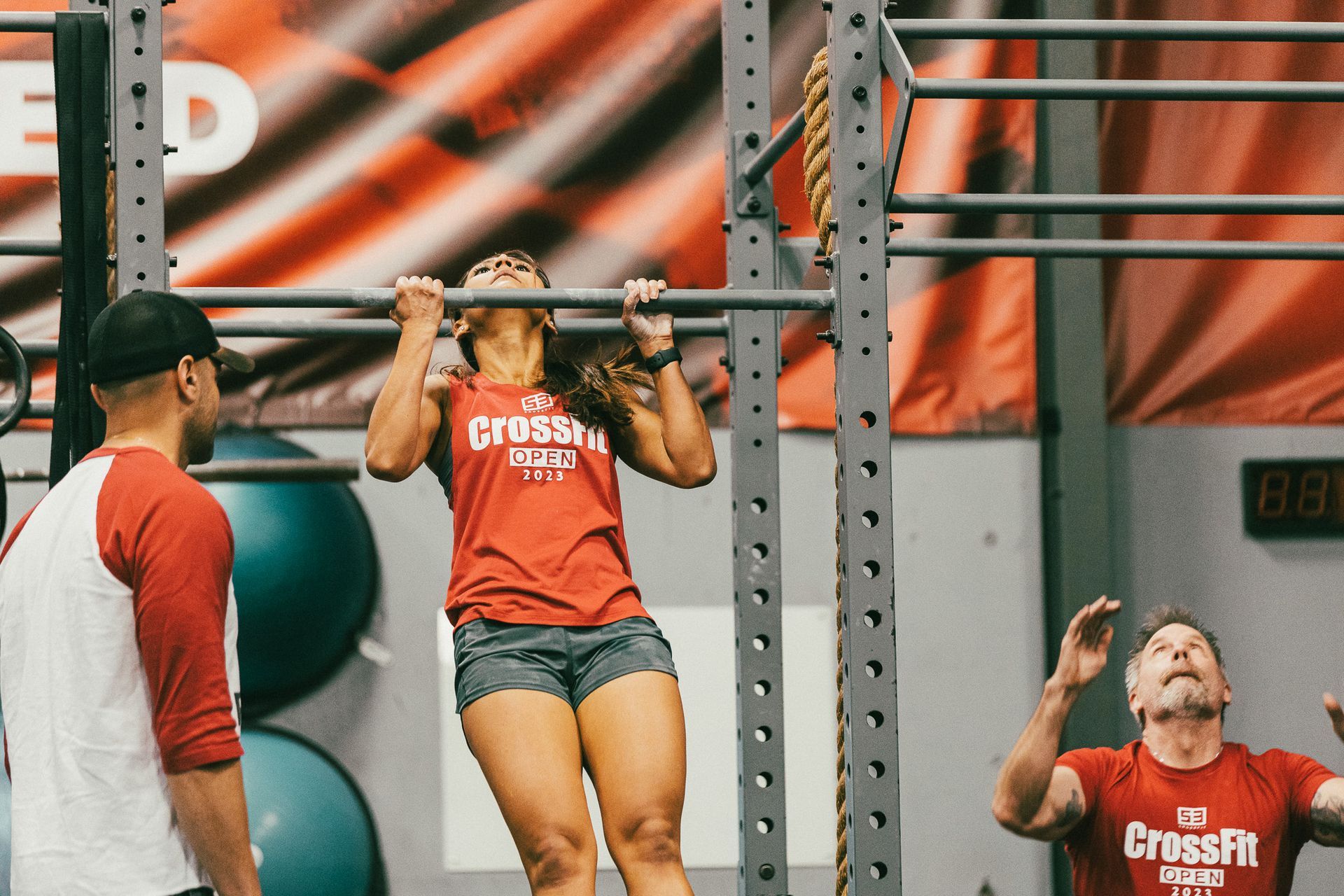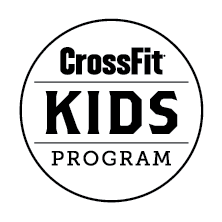March Blog by Coach Matt
Exercise programming

Blog by Coach Matt Blanton
Do you ever walk in to the gym and wonder why you are here, why are you doing this workout? Do you struggle comprehending the movement choice, rep scheme, time frame, or just the workout in general?
It is a lot to take in and understand! Exercise Programming is a very complex art filled with many nuisances. The exercise choice, the amount of reps, the amount of rest, and understanding the intent/stimulus is vitally important in building effective fitness.
The “intent” of this blog is to shed light on the importance of programming and how to comprehend it better. Think of this as a chance to attack your workouts with greater hindsight and purpose. Let’s look at ways to better understand this beautiful art.
1. “Hey Coach, what do you mean by programming? Usually most people think of programming as in working on computer software. We are not setting up your laptop for you, no. Computer programming, however, does require algorithms, specific language, and the ability to perform tasks. Exercise programming is no different. It requires algorithms, a workout equation the muscles/bones/nervous system can learn to develop, a language, understanding how to read a workout and what it means, and performing tasks, performing the workout with the best movement efficiency. To simplify, we need a workout with the right ingredients, a workout we can read/understand, and a workout that tests/enhances our performance/task ability.
2. Why are we doing these exercises? When eating a meal for optimal health, you need good variance of food, and foods that offer the most effective nutrients. This also applies in exercise programming. We need constantly varied, functional movements, at varying intensities. What does this mean? We never want do the same exercises every day, we want to vary them in order to be as well rounded as possible. It’s important to implement Squatting, Bending, Pushing, Pulling, Single leg, and Core each week for the most well rounded fitness. If your goal is to improve your squat strength, you’re not going to just bench press everyday. What are functional movements? Squat, Bend, Push, Pull, Single leg, and Core. These are movements that we perform everyday in our daily routine. When we lean over to pick up the laundry basket, we deadlift, putting the dishes away in high places, we press, getting up off the floor from playing with your kids, we Burpee. Functional movements are not only conducive for daily life activities, but also use multiple joints. What is the benefit here? We strengthen more than one area in one sitting. When a squat is performed, we are strengthening the ankles, knees, and hips. This hits three joints all at once giving you three times the benefit, and you don’t have to worry about performing several exercises just to hit those three areas. Functional movements are not only vital for life, and should have variance, but should be done at different intensities. Why is this important? If you’ve ever been shopping before at the mall, you walk for hours. It is very heavy on your feet and can tire you out from walking so much. We need low to moderate intensity in order to sustain outings like these. This type of intensity is also healthy for your heart, and helps you pace/grow your cardiovascular system. On the other hand, if you’ve ever had to chase down your dog from running away, high intensity is extremely helpful. Moving quickly helps strengthen our heart/cardiovascular system. Remember, we want to be well rounded. This means the ability move well long periods of time sustained, and moving well for short periods of time revving the engine.
3. Why are we doing this many reps? The amount of reps always depends on the workout. There are many factors that go into this. Let’s look at it from a strength perspective first. Why perform 1-5 Repetitions? The Intent here to be able to perform absolute strength, or to be able to improve your ability to move objects heavier over time. This rep scheme is what helps us be able to progressively become stronger and build new Pr’s over time. This is usually very tough to Heavy weight. Repetitions from 8-15 fall in the middle ground of building good strength endurance. In other words, you’re building some strength and some size. Training this rep scheme will help build well rounded strength. This is usually moderate to very tough weight. Repetitions that are 15 and up focus more on building good healthy elasticity and building better movement awareness. The intent here is to build the movement to be done efficiently to work toward being able to perform heavier weights with the 1-5 rep scheme. Elasticity is very important because it allows the muscle to be able to stretch/expand to the range of motion desired. It also helps keep the muscle/joint healthy and sustained. This is why accessory work is important! Now, let’s look at repetitions from a cardiovascular view. Workouts that range anywhere from 1-10 minutes usually have reps that can range from 1 up to 20 reps. The purpose of shorter workouts is to challenge your higher end aerobic system, or the anaerobic system. To simply the difference, high aerobic workouts will get your heart rate up, but you’re able to breathe and somewhat sustain still. The anaerobic, or without use of consistent oxygen flow, revs the engine harder being more of a sprint like workout. For workouts in this 1-10 minute range, we want to keep the reps low to moderate to be able to accomplish sufficient amount of work. In other words, if you have a 8 minute Amrap, we want to see the rep number be something athletes would be able to complete in multiple rounds to see if they are able to repeat the work for multiple rounds with very good movement pattern under fatigue. Workouts that have 10 minutes and beyond, the rep scheme could be low to high. The purpose of longer workouts is to see if you can sustain a solid aerobic pace over the duration, and sustain efficient movement quality under a longer aerobic fatigue state. Low repetitions in a longer workout usually trigger moving a little faster. It’s easy to move too fast in a workout like this. These workouts are usually grinder workouts. A great example is the her workout “Holleyman.” 30 Rounds of 5 Wall Ball, 3 handstand push up, and 1 Power Clean. The workout structure is long, but the reps are short. It’s very easy go fast, but the goal is to grind thru without stopping with a good pace. Moderate repetitions can be anywhere from 10-20 reps. The intent with moderate reps is to challenge the athlete to perform unbroken reps, pending on weight/movement, keep them mentally strong/sharp, and continue the best movement quality while under fatigue. This challenges the mental toughness because the rep scheme is not short enough to comfortably blaze thru, but not long enough to where you should break it up. This challenges your body and brain to make the choice if you will break up the reps or go unbroken. High volume repetitions can be 20 plus repetitions. High reps in a longer workout will train you to pace appropriately, breathe more efficiently, still challenge efficient movement quality under fatigue, and help you learn how to strategize breaking up high volume reps. These workouts are great for building aerobic endurance and good muscular endurance in the movements.
4. Why are we resting so much? Not enough? Rest is intended to recharge the batteries in order to repeat effective exercise. There is not a perfect rest time that is universal. But we should evaluate certain rest times for specific workouts. Let’s discuss rest in a strength workout. If the workout calls for 5x5 Back squat at 75% of your 1 rep max, it will be quite exerting. Two to three minutes would be ideal here. If we chose to rest for one minute, that would not be enough time to recharge and replicate good quality tough reps. The power output a phone uses, the more it drains it’s battery, the more time it will need to charge for optimal use. If our body uses a lot of output, lifting a tough weight, we will need sufficient time to recharge. On the other hand, if our strength workout was 3 sets of 15 double dumbbell skull crushers, you would not need as much rest. The skull crusher is not a compound exercise like the Back squat, and we are not exerting as much with the skull crusher exercise. One to one and a half minutes is ideal here. A cardio workout can have similarities. If I am doing a short workout, 30 - 60 second Amrap of work, the rest can be minimal to moderate. The work is not overly demanding, and the ability to recharge is quicker. A longer cardio workout, five to seven minutes of work, will require more rest because your body has exerted for much longer and will need more time to recover. If we rested a short time with a longer workout, we would not be able to replicate the intended work/movement quality.
5. Finally, what is the stimulus of this workout? There is always a purpose and a goal for every workout. Accomplish a certain amount of work, finish in a certain time, be able to perform this heavy lift well under fatigue, be able to perform this complex gymnastic movement well under fatigue, be able to pa well with good sustained breathing, or be able to rev the engine to see how fast/hard you can go. This all comes down to the length of the workout, the rep scheme, and the movements. When you look at a workout, dwelling on the informative topics mentioned above, think about what is the length of the workout, is it short, moderate, or long; what pace/effort would be best; are the repetitions low, moderate, or high; what are the movements; is there any rest involved and, what is the stimulus? If you implement these aspects when you evaluate the workout each day, I guarantee it will help you gauge the workout much easier. Let’s recap these five important pieces.
1. What is exercise programming
2. Understanding the movements
3. The amount of reps and why
4. How long to rest
5. Hitting the stimulus




